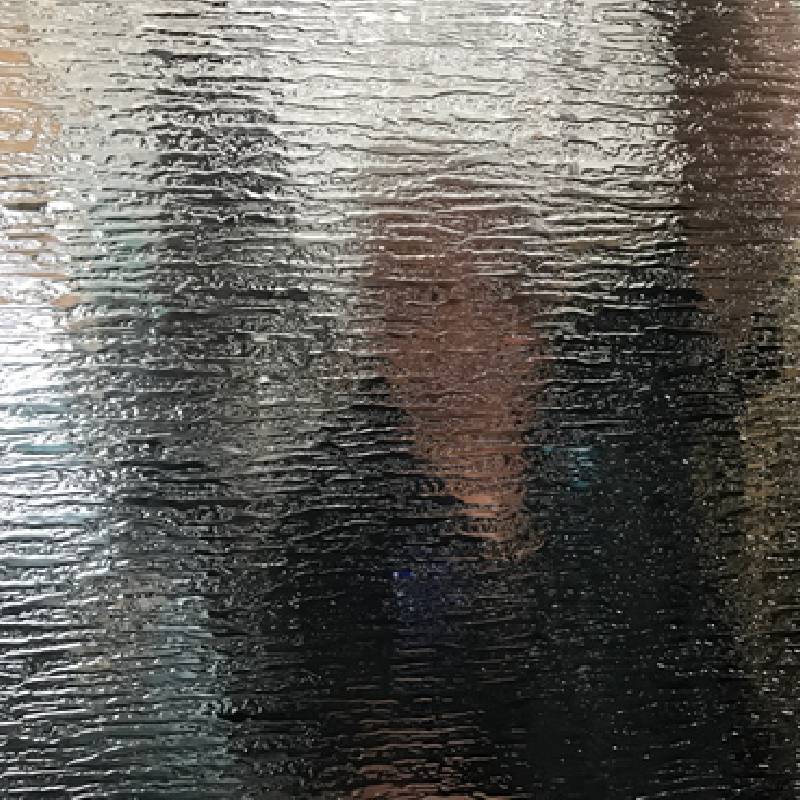Glass Structure Design A Modern Architectural Marvel
In the realm of architectural design, the use of glass has transformed the way we conceive and construct buildings. Glass structure design is not just about aesthetics; it represents a marriage of form and function, allowing architects to create spaces that are airy, light-filled, and visually striking. This article explores the implications, advantages, and challenges of glass structure design in contemporary architecture.
Aesthetic Appeal
One of the most compelling features of glass in architecture is its aesthetic appeal. Glass facades can create stunning visual effects, reflecting the surrounding landscape and changing with the time of day and weather conditions. Buildings adorned with glass can appear both solid and ethereal, offering a seamless transition between interior and exterior environments. This transparency fosters a connection with the natural world, enhancing the user experience and contributing to a sense of well-being.
Natural Light and Energy Efficiency
The integration of glass in architectural design significantly impacts natural lighting. Well-designed glass structures maximize sunlight penetration, reducing the reliance on artificial lighting during daytime hours. This feature not only lowers energy consumption but also promotes the psychological benefits of natural light within interior spaces. Large glass windows and skylights contribute to a feeling of spaciousness, making interiors feel more open and inviting.
However, the design must consider the sun’s path to prevent excessive heat gain, glare, and potential discomfort for occupants. Architects often employ techniques such as shading devices, low-emissivity coatings, and double or triple glazing to optimize energy efficiency while still enjoying the benefits of natural light.
glass structure design
Structural Considerations
While the visual and functional outcomes of glass structure design are impressive, the material comes with its unique set of structural challenges. Glass is inherently fragile compared to traditional building materials such as concrete or steel. Therefore, engineers must carefully consider the load and stress factors in the building's design. Innovations such as tempered or laminated glass have enhanced the strength and safety of glass structures.
The use of glass can also impact a building's energy performance, necessitating collaboration between architects and engineers from the earliest stages of the design process. Computer simulations and modeling can help predict how different configurations will react under various environmental conditions, ensuring that the design is not only beautiful but also safe and sustainable.
Sustainability and Environmental Impact
As the global push for sustainability continues, glass structure design can play a pivotal role in reducing a building’s carbon footprint. Advances in glass technology, such as eco-friendly coatings and smart glass, allow for better thermal regulation and energy use. These innovations can significantly enhance a building's sustainability profile, making glass structures not just an architectural choice but also an environmentally responsible one.
Conclusion
Glass structure design represents a fascinating intersection of beauty and engineering. Through its ability to harness natural light, create stunning visual displays, and facilitate harmonious indoor-outdoor relationships, glass is changing the face of modern architecture. While it comes with its challenges, the ongoing evolution of glass technology and design practices holds great promise for the future of architectural innovation. As architects continue to explore and push the boundaries of glass use in construction, we can expect to see even more breathtaking structures that celebrate this remarkable material. Ultimately, the fusion of glass in architecture exemplifies how creative design can contribute to a sustainable and aesthetically pleasing built environment.
 Afrikaans
Afrikaans  Albanian
Albanian  Amharic
Amharic  Arabic
Arabic  Armenian
Armenian  Azerbaijani
Azerbaijani  Basque
Basque  Belarusian
Belarusian  Bengali
Bengali  Bosnian
Bosnian  Bulgarian
Bulgarian  Catalan
Catalan  Cebuano
Cebuano  Corsican
Corsican  Croatian
Croatian  Czech
Czech  Danish
Danish  Dutch
Dutch  English
English  Esperanto
Esperanto  Estonian
Estonian  Finnish
Finnish  French
French  Frisian
Frisian  Galician
Galician  Georgian
Georgian  German
German  Greek
Greek  Gujarati
Gujarati  Haitian Creole
Haitian Creole  hausa
hausa  hawaiian
hawaiian  Hebrew
Hebrew  Hindi
Hindi  Miao
Miao  Hungarian
Hungarian  Icelandic
Icelandic  igbo
igbo  Indonesian
Indonesian  irish
irish  Italian
Italian  Japanese
Japanese  Javanese
Javanese  Kannada
Kannada  kazakh
kazakh  Khmer
Khmer  Rwandese
Rwandese  Korean
Korean  Kurdish
Kurdish  Kyrgyz
Kyrgyz  Lao
Lao  Latin
Latin  Latvian
Latvian  Lithuanian
Lithuanian  Luxembourgish
Luxembourgish  Macedonian
Macedonian  Malgashi
Malgashi  Malay
Malay  Malayalam
Malayalam  Maltese
Maltese  Maori
Maori  Marathi
Marathi  Mongolian
Mongolian  Myanmar
Myanmar  Nepali
Nepali  Norwegian
Norwegian  Norwegian
Norwegian  Occitan
Occitan  Pashto
Pashto  Persian
Persian  Polish
Polish  Portuguese
Portuguese  Punjabi
Punjabi  Romanian
Romanian  Russian
Russian  Samoan
Samoan  Scottish Gaelic
Scottish Gaelic  Serbian
Serbian  Sesotho
Sesotho  Shona
Shona  Sindhi
Sindhi  Sinhala
Sinhala  Slovak
Slovak  Slovenian
Slovenian  Somali
Somali  Spanish
Spanish  Sundanese
Sundanese  Swahili
Swahili  Swedish
Swedish  Tagalog
Tagalog  Tajik
Tajik  Tamil
Tamil  Tatar
Tatar  Telugu
Telugu  Thai
Thai  Turkish
Turkish  Turkmen
Turkmen  Ukrainian
Ukrainian  Urdu
Urdu  Uighur
Uighur  Uzbek
Uzbek  Vietnamese
Vietnamese  Welsh
Welsh  Bantu
Bantu  Yiddish
Yiddish  Yoruba
Yoruba  Zulu
Zulu 

